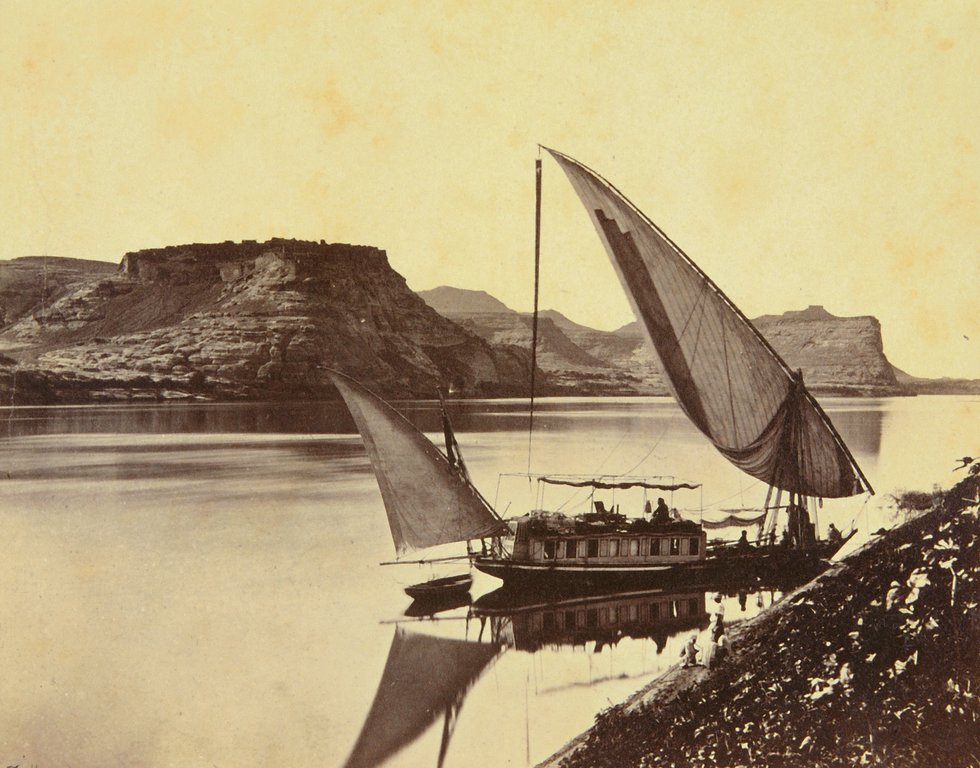
Figure 1 – Albumen print by Frances Frith, “Travelers boat at Ibrim (1856-1859) in the public domain in the United States because of its age.
I wanted to talk about the albumen process from a technical point-of-view. But first, we need to deal with a sticky issue: what is an emulsion? Back in the day when science was still taught in American schools most people would have answered: mayonnaise. Mayonnaise is an answer to the technical problem in cooking of how do I get two imiscible liquids, oil and water to mix, and the answer is that you add egg yolks. Egg yolk contains a compound called lecithin which acts like an “emulsifying agent.”
OK so far, what about photographic emulsions? Well photographic emulsions are not technically true emulsions, because what they are are silver halide crytals (so a solid) dispersed or suspended in a liquid (typically gelatin nowadays). Well, the distinction between emulsions and colloidal suspensions is really a big snore and quite besides the point.
The important point is that the photographic emulsion was invented to solve a very important problem in the development of photography. You will recall that the Daguerreotype was invented in 1838 and produced truly magnificent images. You could examine them with a magnifier or loupe and they would reveal exquisitely resolved detail. But its image was merely a silver-mercury amalgam film lying precariously atop a silver plate. It was fragile and delicate. And perhaps, more significantly it was a direct positive process that didn’t lend itself well to the creation of multiple copies, ideally on paper. Public demand is the mother of invention.
Reproduction was, of course, the goal of William Henry Fox Talbot’s calotype process, where the vehicle for the negative was paper and the second image was produced from the negative onto a similarly light-sensitized sheet of paper. An artistic, luminous, softness image is the essence of the calotype process. But it could not equal the sharpness and realism of the daguerreotype. In the calotype the light-sensitive salts are suffused into the paper. What was needed was to produce a transparent sharp layer that could be placed on either glass to produce a negative or on shiny paper to produce a positive from the negative. The use of albumen from eggs as an emulsion for glass negatives was invented independently by two Frenchmen in 1848, Niepce de Saint Victor and Louis Desire Blanquart-Evrard. As it turned out the production of glass negatives with albumen “emulsions” proved technically difficult on a large scale. There was just two much variability. But its use as an emulsion on paper became the dominant process for the next half century, with negatives produced first by Frederick Scott Archer’s wet collodion process and subsequently by dry plates, which used gelatin as the emulsifying agent. The dry plate was invented in 1871 by Dr. Richard L. Maddox. Maddox’s dry plates were extremely sensitive to touch. A method of hardening the gelatin emulsion was discovered by Charles Bennett in 1873. Significantly, Bennet also discovered that prolonged heating of the emulsion significantly increased its light sensitivity. The era of high ISO films was born. The rest as they say is history…
With all this technical talk I think that we deserved a lovely nineteenth century albumin photograph to look at. Figure 1 is by the great nineteenth century travel photographer Francis Frith (1822-1898 ), taken in Egypt (1856 – 1859) and entitled “Traveler’s Boat in Ibrim.”
